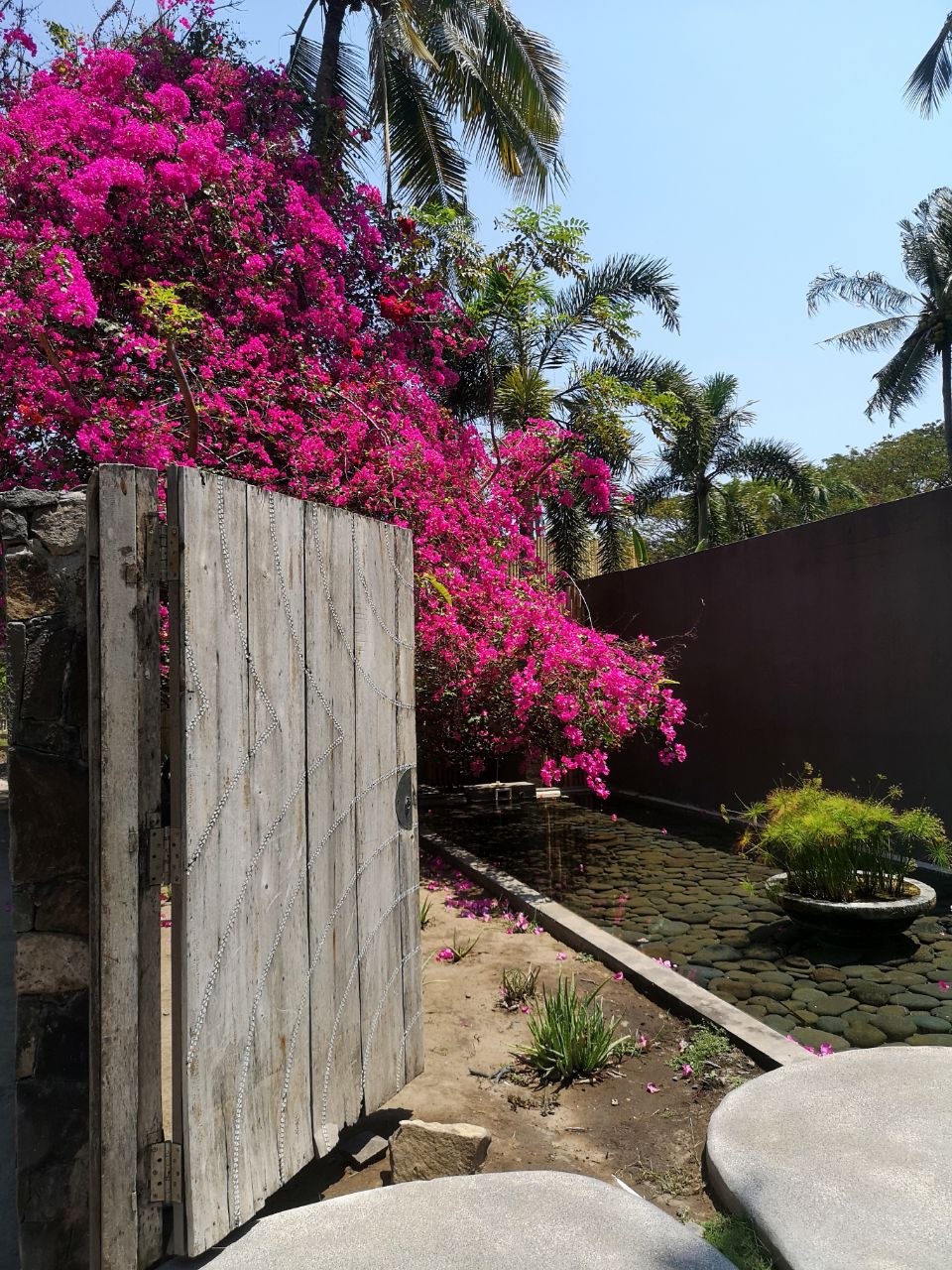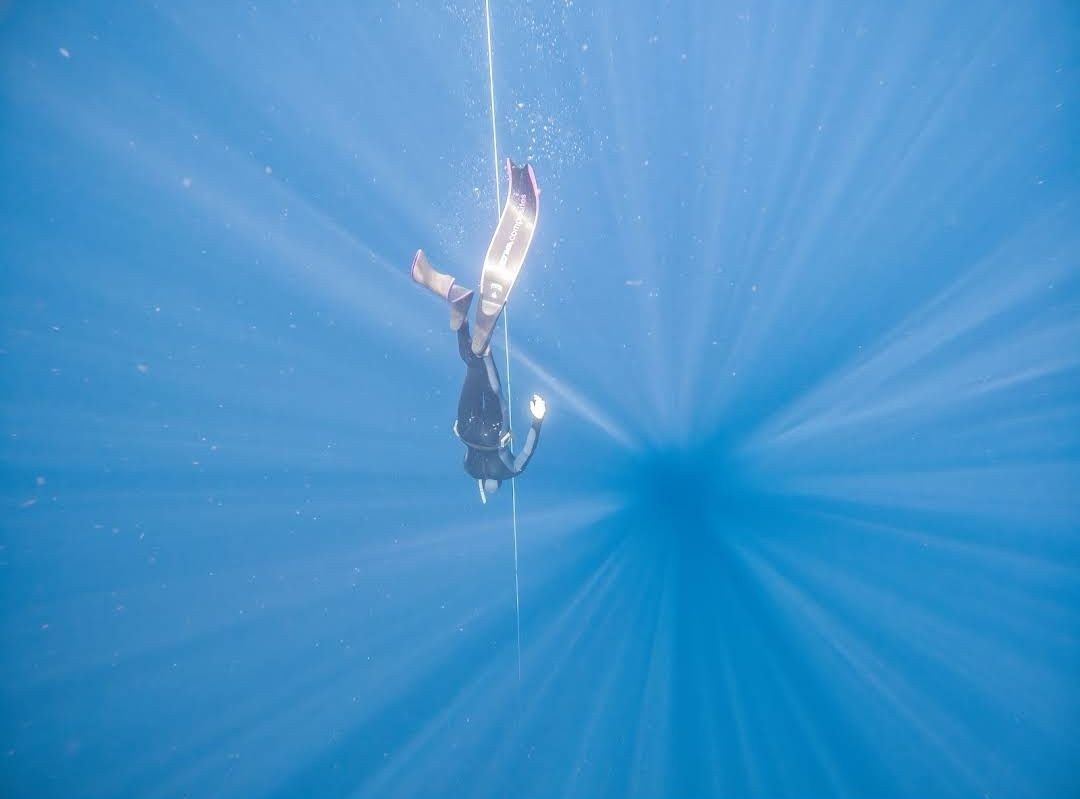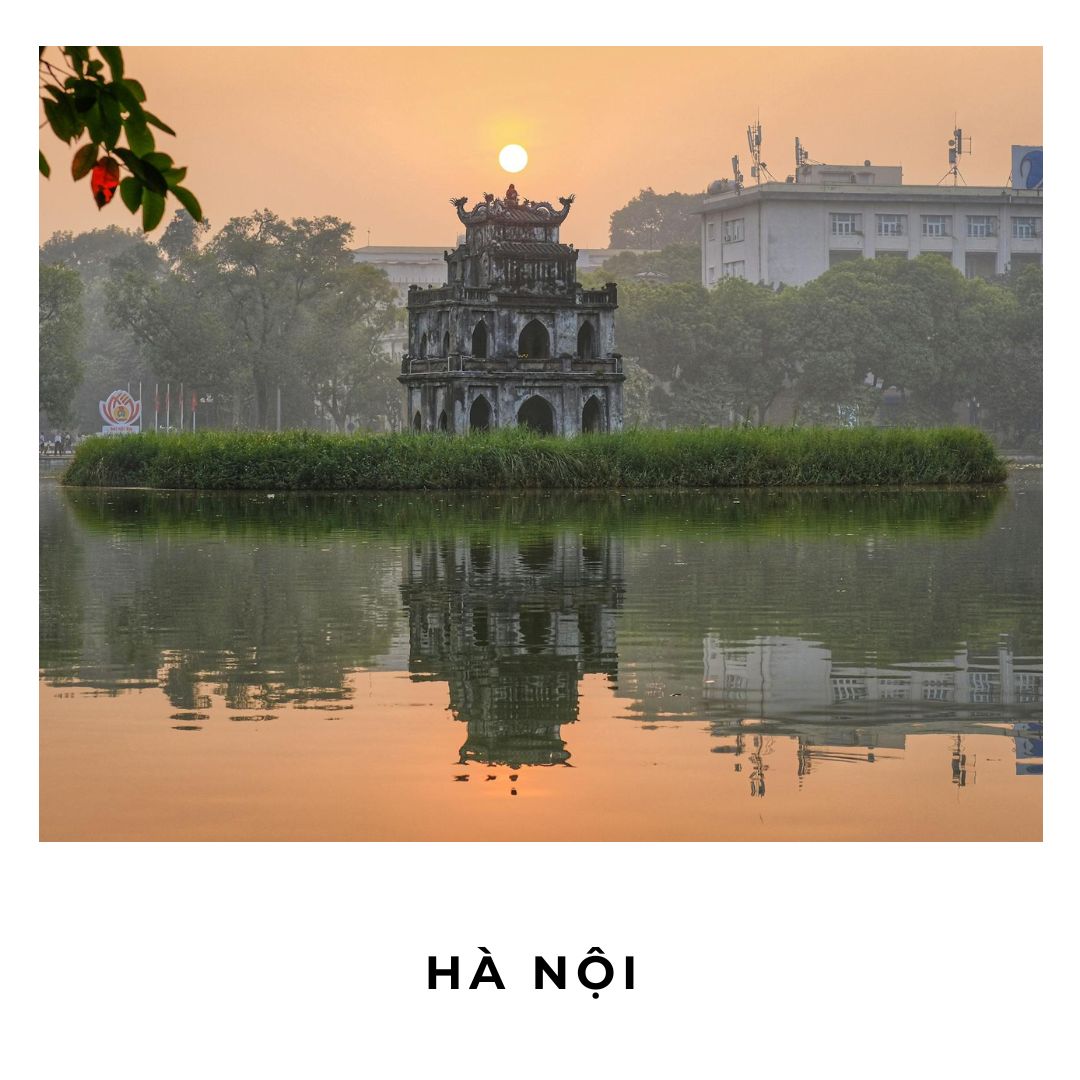GILI AIR | INDONESIA
The beauty of Gili Islands perhaps resides in their contrast with the environment most of its visitors come from, punctuated by the noise of traffic, the compression of skyscrapers & housing blocks, the nature confined to small areas. No matter which of the 3 Gilis you choose, there are no cars or motorbikes – everyone walks or takes their bicycle to get around, and untouched nature is predominant, with countless coconut & banana trees, and frangipani & bougainvillea flowers, despite the growing tourist industry noticeable in the peer’s adjacent arteries, where you’ll find several Warung (typical Indonesian food restaurants), diving centers, souvenir shops and western bars.
I ended up in Gili Air, the furthest island from Bali and the closest to Lombok. It is known to be the least developed of the three sisters; indeed, comparing to Bali, the differences are abysmal! While the latter is Hindu, the rest of Indonesia is Islamic (in fact, this is the world's most populous Muslim nation!), so at the very center of the island I found an imponent mosque from which prayers and religious discourses are blasted several times a day, starting as early as 5am; and now the friendly, smiley faces of local women and children were framed with veils.
In terms of the economic development, when walking around, it’s as if I was teleported back to countries like Cambodia or Laos: families with many children, precarious housing and inexistent “urban” planning, trash scattered over open fields and bordering the sides of dirt roads, chicken running around... a faraway reality from Bali’s sumptuous family & communal temples, or houses with wide interior gardens and Ganeshas garnishing intricate stone entrances.
Regardless, there was much to appreciate. And I stayed a week as I enrolled in an introductory course to freediving. On my second morning on the island, I saw a flyer right outside my hostel and, despite the initial hesitation, a few hours later I was learning about the innerworkings of the body when in apnea and relaxation techniques to extend the breath hold. I was being taught how to relate to my breath in another supportive way: through meditation I had already unveiled the benefits of conscious breathing, and now I was exploring yet another layer of it, one that unlocked the potential to explore the underwater world more freely and calmly.
As I was practicing in the pool of the center, in preparation for a first dive, I struggled with the equalization of the ears, a technique meant to avoid that sensation of enormous pressure that surges when one swims vertically into greater depths. This is one of the trickiest parts of the process for beginners. Encountering this setback prompted some reflections that made me realize this experience was more of a psychological journey, rather than a physical performance one.
Breathing is such a constant, ever-present part of our lives until our last exhale. Most of us breathe unconsciously, and when we go to sleep the body keeps on breathing, effortlessly. And there I was, trying to convince my brain that it was safe to stop letting the breath breathe itself! While theoretically, until our diaphragm contracts, signaling our CO2 levels are rising, we have enough oxygen to remain in apnea; yet, soon after I reached the 2 minutes benchmark, the heart rate had gone up, the mind became apprehensive despite my soothing self-talk, and it almost felt like I was about to implode. After days of practicing, I haven’t yet figured out how to reassure the mind, but I look forward to attaining this level of mastery when we are able to transcend deeply rooted instinctive reactions.
I also realized that often we don’t attempt to do new things that interest us because we are afraid of “failing”. When learning a new skill, it’s only normal that there’s a lot of room to grow, yet we may go about the experience focused on performing like our teachers or advanced peers. As I noticed part of me was aiming at “perfection”, or comparing myself to the people in the group who could hold their breath for 3 to 4 minutes, I had to rethink the approach, reviving my purpose. I didn’t want to impress anyone but myself by trying an activity outside of my comfort zone, planting the seed for a potential hobby; and going for it even scared or insecure was enough reason to celebrate the experience – there wasn’t a right, expected or desirable “outcome”, at least not at the introductory level; there was simply doing one’s best!
So, I finally decided to attempt a first dive despite struggling with equalizing, which meant I couldn’t go as deep as my breath hold allowed. But it was necessary to get a taste of the real experience. And it wasn’t exactly as I anticipated: the relaxation phase unfolds while holding on to a buoy, or while floating on the water to give space to the other divers who are swimming back to the surface; one carries a weight belt tucket between hips & bum to avoid it from moving on the descent; swimming fins felt slightly impractical (or I’m still a bit clumsy using them); and you can’t see the bottom of the ocean, just ripples of light fading away. I went with 4 advanced divers and our instructor, and more than intimidating it was quite inspiring to see them moving on the water with such confidence, and disappearing against a dark blue backdrop after conquering a depth beyond 30 meters! I only reached some modest 5 meters, the equivalent of 3 Sofias, and I was proud! Acquiring a new skill takes time, patience & a lot of practice (in my case, many breathing exercises to become mindful of the soft palate… Who knew such a small part of the body had such impact!). Fortunately, I’m starting this journey at a young age!
P. S. As no pictures were taken during my session, I uploaded photos from other classes that reflect exactly what I saw. And I also added some visuals captured by drone that a fellow traveller shared with me! They were too pretty not to upload.
photo gallery













































